Home>Furniture & Design>Bathroom Accessories>What Is The Plunger Of A Syringe
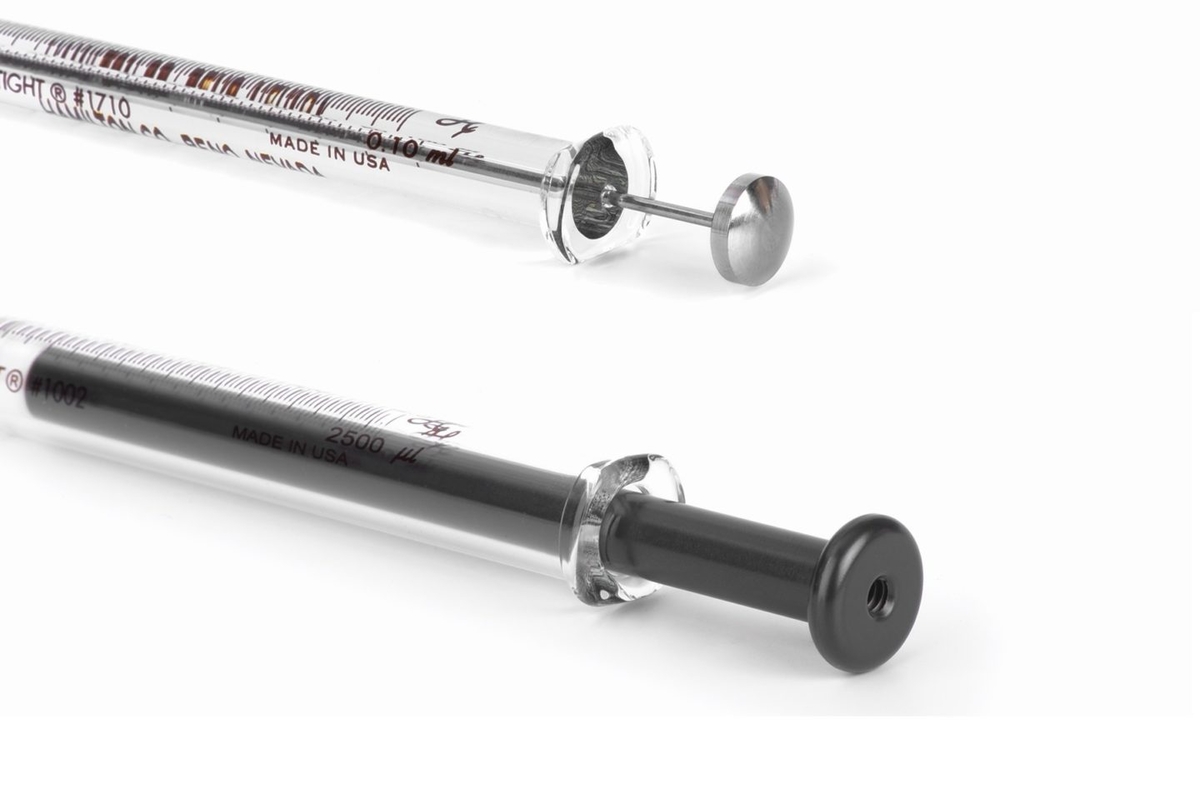

Bathroom Accessories
What Is The Plunger Of A Syringe
Modified: February 27, 2024
Learn about the plunger of a syringe and its importance in bathroom accessories. Find out how it works and its role in maintaining hygiene.
(Many of the links in this article redirect to a specific reviewed product. Your purchase of these products through affiliate links helps to generate commission for Storables.com, at no extra cost. Learn more)
Introduction
The plunger of a syringe is a fundamental component that plays a crucial role in the functionality of this widely used medical device. Whether you have administered medication, received a vaccine, or provided first aid, the plunger is an integral part of the syringe that facilitates the precise measurement and delivery of fluids. Understanding the significance of the plunger is essential for comprehending the mechanics of a syringe and its diverse applications in healthcare, pharmaceuticals, and various other fields.
The plunger, often made of rubber or synthetic materials, is the movable part of the syringe that fits snugly within the barrel. It is designed to create a seal to prevent leakage and enable the controlled expulsion of the fluid contained within the syringe. As the user pushes or pulls the plunger, it regulates the flow of the liquid, allowing for accurate dosing and administration.
In the context of medical procedures, the plunger serves as a vital tool for healthcare professionals, enabling them to accurately measure and deliver medications, vaccines, and other fluids to patients. Its precise movement and sealing properties are essential for ensuring the safe and effective delivery of treatments, making it an indispensable component in the healthcare industry.
Beyond the realm of healthcare, the plunger's versatility extends to various applications, including laboratory research, industrial processes, and even creative endeavors such as art and crafting. Its ability to control the movement of fluids with precision makes it a valuable tool in a wide range of settings, demonstrating its universal significance beyond the medical field.
As we delve deeper into the mechanics and functions of the plunger within a syringe, we will gain a comprehensive understanding of its role in facilitating accurate fluid measurement and delivery. By exploring its components, functions, and types, we can appreciate the ingenuity behind this seemingly simple yet indispensable device. Let's embark on a journey to unravel the intricacies of the plunger and its pivotal role in the world of syringes.
Key Takeaways:
- The plunger of a syringe is a crucial part that creates a seal to prevent leaks and helps control the flow of fluids for accurate dosing and delivery in healthcare and beyond.
- Different types of plungers, from standard to piston, cater to specific tasks like clearing drains and facilitating fluid movement in various settings, showcasing their versatility and functionality.
Read more: How To Lubricate A Syringe Plunger
Definition of a Plunger
The plunger of a syringe is a crucial component that enables the precise measurement and controlled delivery of fluids. It is a movable rod or disk, typically made of rubber or synthetic materials, that fits securely within the barrel of the syringe. This essential part creates a seal to prevent leakage and allows for the smooth and accurate movement of fluids within the syringe.
The design of the plunger is meticulously engineered to ensure a snug fit within the syringe barrel, effectively sealing the contained fluid to prevent any unintended leakage. This sealing property is vital for maintaining the integrity of the fluid being administered, whether it is a life-saving medication, a vaccine, or any other substance requiring precise dosing.
The plunger's construction is characterized by its flexibility and resilience, allowing it to withstand repeated use without compromising its functionality. Its ability to move smoothly within the syringe barrel is essential for facilitating the controlled expulsion of the fluid, ensuring accurate measurement and delivery.
In addition to its sealing and movement capabilities, the plunger is equipped with a handle or thumb pad, providing the user with a comfortable grip for precise control. This ergonomic design feature enhances the user's ability to manipulate the plunger with ease, contributing to the accurate administration of fluids in various settings.
The plunger's role in a syringe is synonymous with precision and reliability. Whether in a clinical environment, a laboratory, or other applications, the plunger's design and functionality are optimized to meet stringent standards for fluid measurement and delivery. Its seamless integration within the syringe mechanism underscores its significance as a fundamental element in the healthcare industry and beyond.
As we explore the components, functions, and types of plungers, we will gain a deeper appreciation for the ingenuity and engineering behind this seemingly simple yet indispensable device. The plunger's definition extends beyond its physical attributes, encompassing its pivotal role in ensuring the safe and effective administration of fluids, thereby underscoring its indispensable nature in diverse fields.
Components of a Syringe
A syringe is a precision instrument designed for the accurate measurement and controlled delivery of fluids. It comprises several essential components that work in harmony to facilitate its functionality. Understanding the components of a syringe is crucial for comprehending its intricate mechanism and diverse applications in healthcare, pharmaceuticals, and various other fields.
-
Barrel: The barrel of a syringe serves as the main body that houses the fluid to be administered. It is typically made of transparent plastic, allowing for easy visibility of the fluid level and ensuring accurate measurement. The barrel is marked with volume measurements, enabling precise dosing as per the specific requirements of the application.
-
Plunger: The plunger, as discussed earlier, is the movable part of the syringe that fits snugly within the barrel. It is responsible for creating a seal to prevent leakage and facilitating the controlled expulsion of the fluid. The plunger's ergonomic design, often featuring a handle or thumb pad, allows for precise manipulation, ensuring accurate fluid delivery.
-
Needle: The needle is the dispensing end of the syringe, designed to penetrate the skin or other materials to facilitate the transfer of the fluid. It is available in various lengths and gauges to accommodate different administration needs, such as intramuscular injections, subcutaneous injections, and intravenous infusions.
-
Tip: The tip of the syringe, also known as the nozzle, is where the needle attaches to the syringe. It is crucial for ensuring a secure connection between the needle and the syringe, preventing any leakage or detachment during the administration process.
-
Graduations: Graduations, often marked in milliliters (mL) or cubic centimeters (cc), are the volume measurements inscribed on the barrel of the syringe. These markings enable precise fluid measurement, allowing healthcare professionals and users to administer accurate doses as per the prescribed guidelines.
-
Luer Lock: In some syringes, especially those used for medical procedures, the tip may feature a Luer lock mechanism. This threaded connection ensures a secure attachment between the syringe and the needle, minimizing the risk of accidental dislodgment during administration.
The seamless integration of these components within the syringe mechanism underscores the precision and reliability of this essential medical device. Each element plays a vital role in ensuring the accurate measurement and controlled delivery of fluids, making the syringe a versatile tool in healthcare, laboratory research, and various other applications.
The plunger of a syringe is the part that you push to move the liquid in and out of the syringe. Make sure to push it slowly and steadily to avoid any spills or air bubbles.
Function of the Plunger
The plunger of a syringe serves a pivotal function in facilitating the precise measurement and controlled delivery of fluids. As the movable component within the syringe barrel, the plunger plays a crucial role in regulating the movement of the contained fluid, ensuring accurate dosing and administration in various settings.
One of the primary functions of the plunger is to create a secure seal within the syringe barrel, preventing any leakage of the fluid. This sealing property is essential for maintaining the integrity of the medication, vaccine, or any other substance being administered. By forming a tight seal, the plunger enables the user to control the expulsion of the fluid with precision, minimizing the risk of wastage and ensuring that the intended dosage is delivered accurately.
The smooth and controlled movement of the plunger is another critical aspect of its function. As the user pushes or pulls the plunger, it regulates the flow of the fluid, allowing for precise measurement and delivery. This controlled movement is particularly crucial in medical procedures, where accurate dosing is imperative for ensuring the safety and efficacy of treatments. Whether administering a life-saving medication or a vaccine, the plunger's function is integral to achieving the desired therapeutic outcomes.
Furthermore, the ergonomic design of the plunger, often featuring a handle or thumb pad, enhances the user's ability to manipulate it with ease. This design consideration is essential for healthcare professionals and users, as it ensures comfortable and precise control during the administration process. The user's ability to maneuver the plunger smoothly and accurately is paramount in achieving the intended dosage, underscoring the significance of its function in healthcare and other applications.
In addition to its role in fluid measurement and delivery, the plunger's function extends to maintaining the sterility of the syringe contents. By creating a sealed environment within the barrel, the plunger helps safeguard the integrity of the fluid, particularly in medical and laboratory settings where contamination must be minimized.
Overall, the function of the plunger in a syringe is synonymous with precision, control, and reliability. Its ability to create a seal, regulate fluid movement, and provide ergonomic handling underscores its indispensable role in ensuring the safe and effective administration of fluids. Whether in healthcare, pharmaceuticals, or other fields, the plunger's function is essential for upholding the highest standards of fluid measurement and delivery.
Types of Plungers
Plungers come in various types, each designed to cater to specific applications and user preferences. Understanding the different types of plungers provides valuable insights into their diverse functionalities and the suitability of each type for various tasks.
-
Standard Plunger: The standard plunger, also known as a cup plunger, features a rubber cup at the end of the plunger rod. This type of plunger is commonly used for clearing clogged drains, sinks, and toilets. The rubber cup creates a seal around the drain opening, allowing the user to generate the necessary suction to dislodge blockages effectively.
-
Flange Plunger: The flange plunger, distinguished by its extended rubber flange or lip around the cup, is specifically designed for toilets. The flange provides a better seal in toilet drains, making it more effective for clearing stubborn clogs. Its unique design enables the user to apply greater force and suction, facilitating the removal of challenging blockages.
-
Accordion Plunger: Also referred to as a bellows plunger, the accordion plunger features a collapsible rubber cup that resembles an accordion bellows. This design allows for increased flexibility and enhanced suction, making it suitable for use on various drain types, including sinks, bathtubs, and showers. The accordion plunger's versatility and effectiveness in creating a tight seal make it a popular choice for household drain maintenance.
-
Force Cup Plunger: The force cup plunger, characterized by a funnel-shaped rubber cup, is ideal for clearing drains and pipes with larger openings. Its design enables the user to apply significant force and pressure, making it effective for dislodging stubborn blockages in commercial and industrial settings.
-
Hydro Plunger: The hydro plunger, also known as a water-powered or water pressure plunger, utilizes water pressure to clear clogs. This innovative type of plunger connects to a standard garden hose, creating a high-pressure stream of water to forcefully clear blockages in drains and pipes. The hydro plunger's reliance on water pressure makes it an environmentally friendly and powerful tool for drain maintenance.
-
Piston Plunger: The piston plunger, commonly used in automotive and mechanical applications, features a cylindrical rubber or synthetic cup attached to a metal rod. This type of plunger is designed to create a tight seal within cylinders, pumps, and hydraulic systems, facilitating the controlled movement of fluids and gases. Its robust construction and sealing capabilities make it indispensable in various industrial and mechanical operations.
Understanding the distinct characteristics and applications of each type of plunger empowers users to select the most suitable tool for specific tasks. Whether addressing household drain blockages, industrial maintenance, or mechanical operations, the diverse range of plungers offers tailored solutions for effectively managing fluid and material obstructions.
Read more: How To Read A Syringe Plunger
Importance of the Plunger in a Syringe
The plunger in a syringe holds immense significance in various fields, particularly in healthcare, pharmaceuticals, and laboratory research. Its pivotal role in ensuring the precise measurement and controlled delivery of fluids underscores its indispensable nature in diverse applications.
In the realm of healthcare, the importance of the plunger cannot be overstated. Healthcare professionals rely on syringes to administer medications, vaccines, and other fluids with utmost precision. The plunger's ability to create a secure seal within the syringe barrel is critical for preventing leakage and maintaining the integrity of the administered substances. This sealing property is essential for safeguarding the potency and efficacy of medications, thereby contributing to the safety and well-being of patients.
Moreover, the controlled movement of the plunger enables healthcare providers to accurately measure and deliver specific dosages, ensuring that patients receive the appropriate treatments as prescribed. Whether in hospitals, clinics, or home care settings, the reliability and precision of the plunger play a vital role in facilitating effective medical interventions.
In the pharmaceutical industry, where stringent quality standards govern the production and administration of medications, the plunger's role in syringes is of paramount importance. From manufacturing processes to clinical trials and drug delivery systems, the plunger ensures that pharmaceutical products are dispensed accurately and reliably. Its contribution to maintaining dosage consistency and product efficacy is instrumental in upholding pharmaceutical standards and regulatory requirements.
Furthermore, in laboratory research and experimentation, the plunger's significance extends to precise fluid handling and measurement. Whether conducting scientific studies, chemical analyses, or biological assays, researchers and scientists rely on syringes with dependable plungers to facilitate accurate fluid manipulation. The plunger's ability to create a controlled environment within the syringe barrel is essential for ensuring the accuracy and reproducibility of experimental procedures.
Beyond the realms of healthcare and pharmaceuticals, the plunger's importance resonates in various other fields, including industrial processes, veterinary medicine, and creative pursuits. Its versatility and reliability make it a valuable tool for fluid management and delivery across diverse applications, highlighting its universal relevance.
In essence, the plunger in a syringe serves as a linchpin for precision, reliability, and control in fluid administration. Its indispensable role in ensuring accurate dosing, maintaining substance integrity, and facilitating diverse applications underscores its enduring importance in numerous sectors, making it an essential component in the seamless delivery of fluids across a spectrum of industries and disciplines.
Frequently Asked Questions about What Is The Plunger Of A Syringe
Was this page helpful?
At Storables.com, we guarantee accurate and reliable information. Our content, validated by Expert Board Contributors, is crafted following stringent Editorial Policies. We're committed to providing you with well-researched, expert-backed insights for all your informational needs.
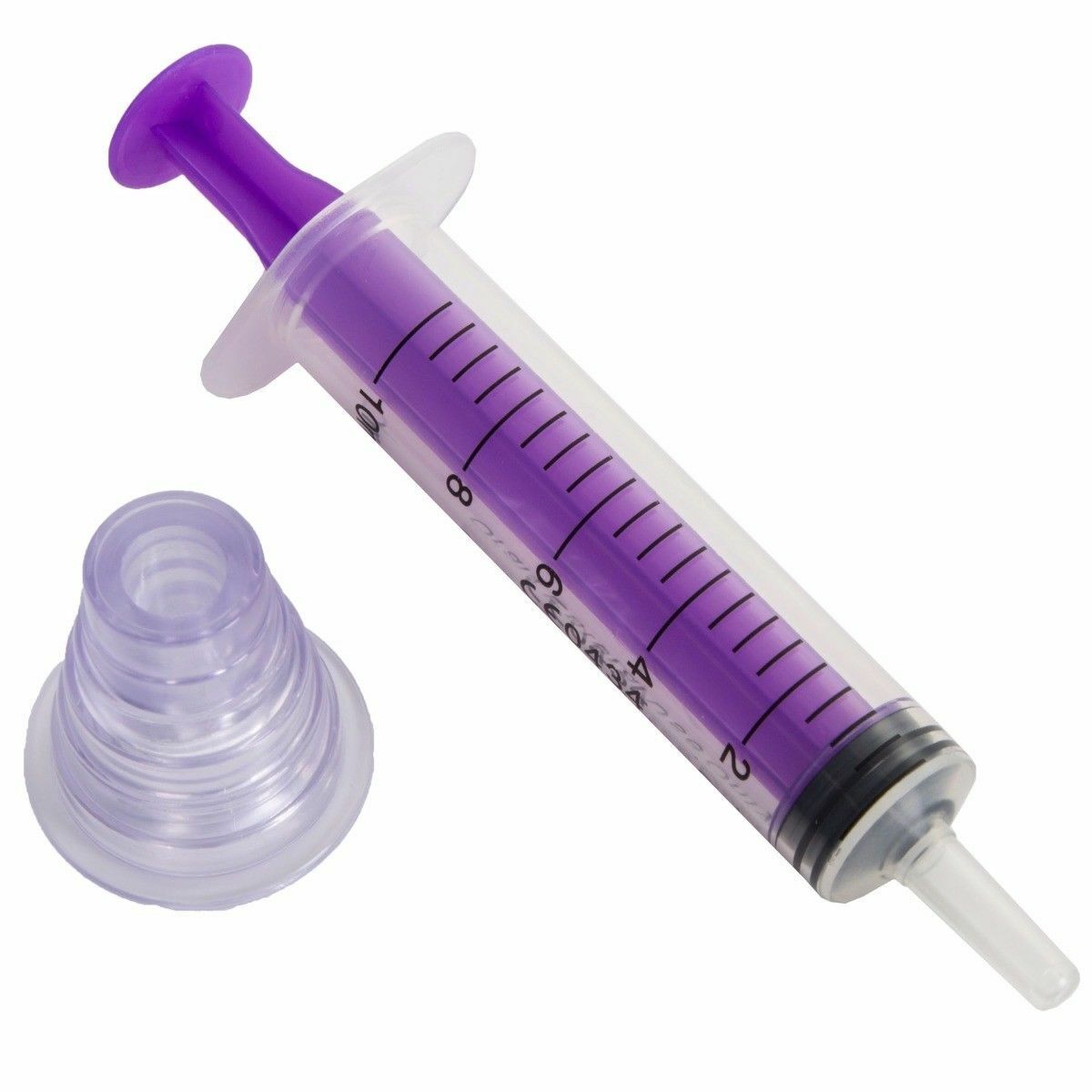
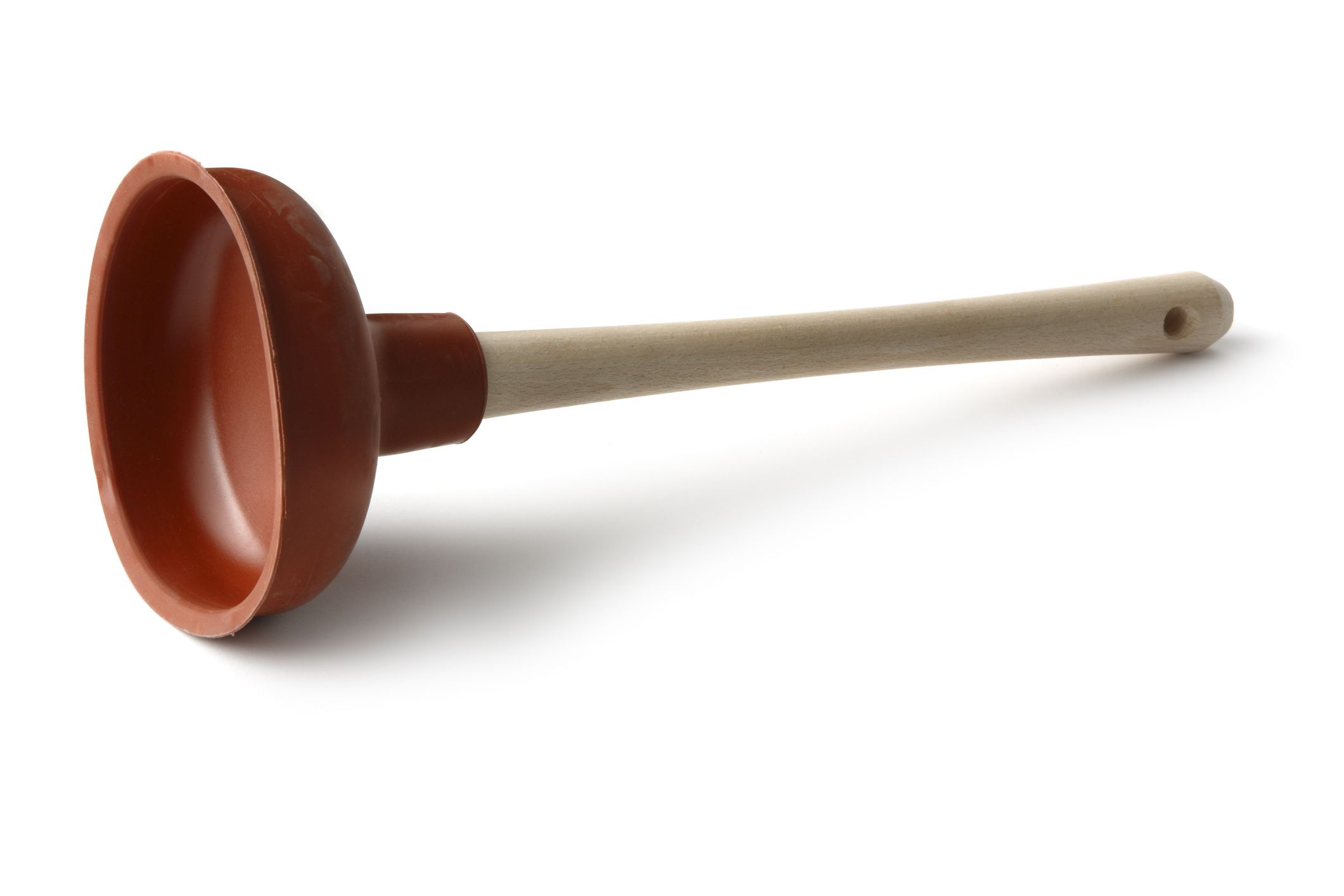
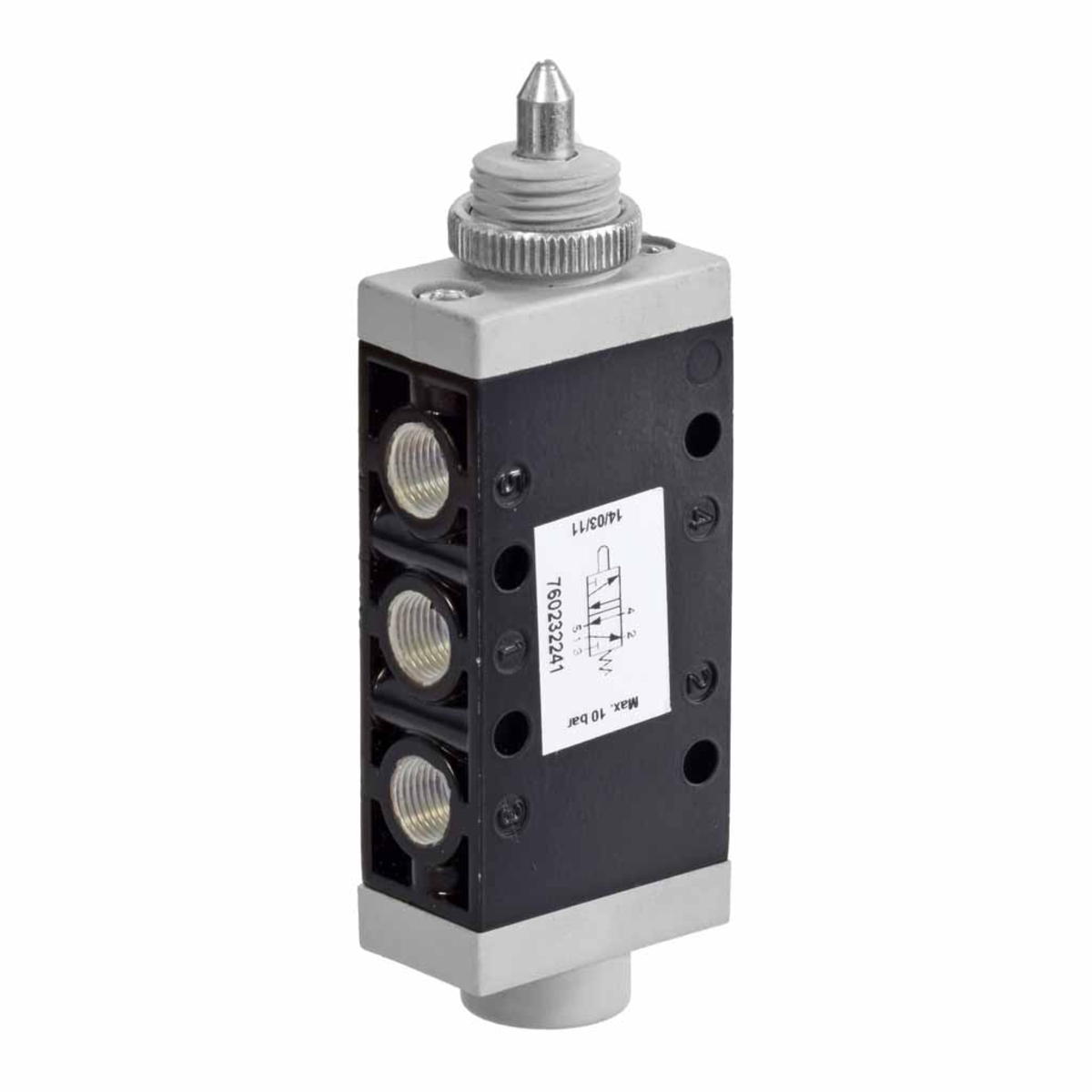
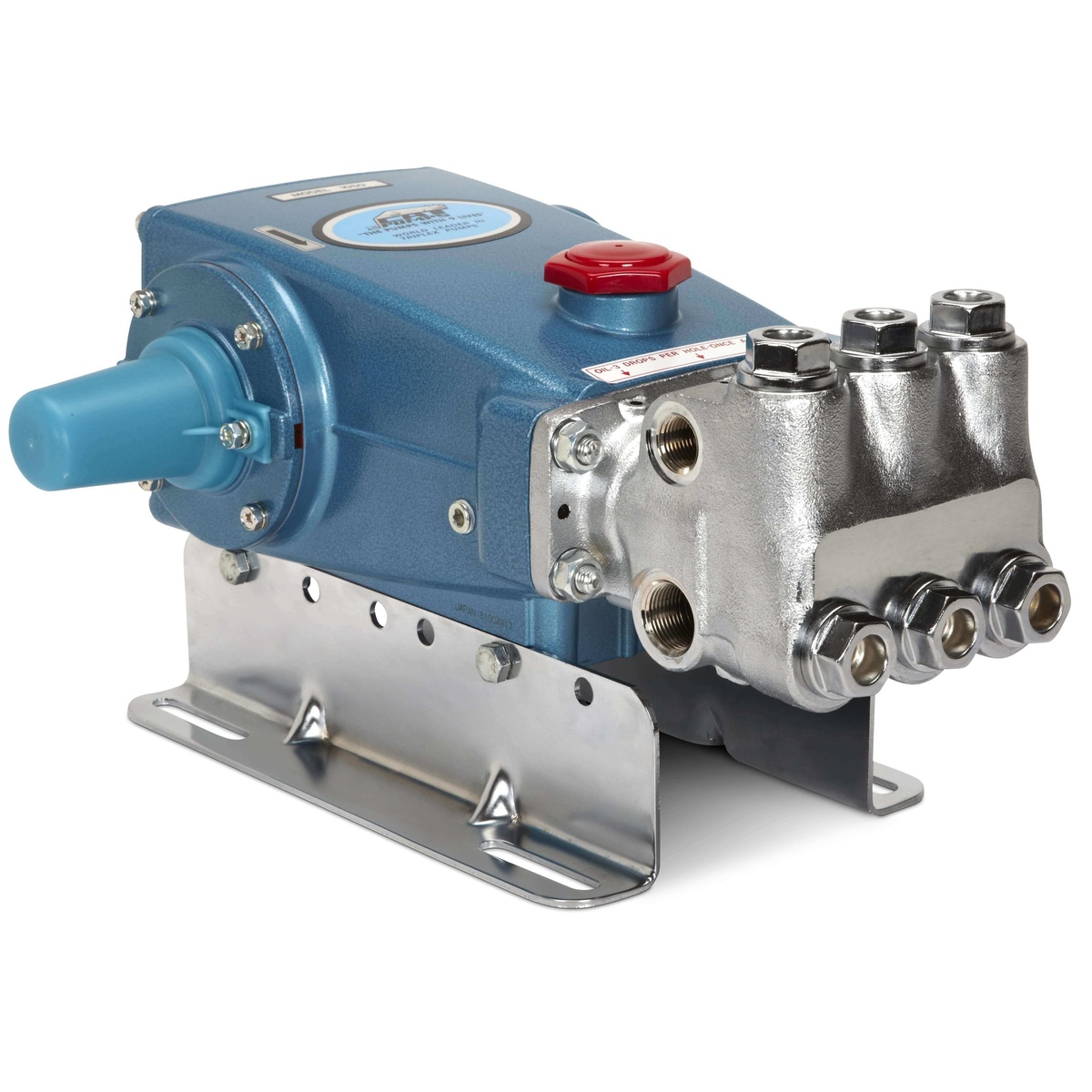
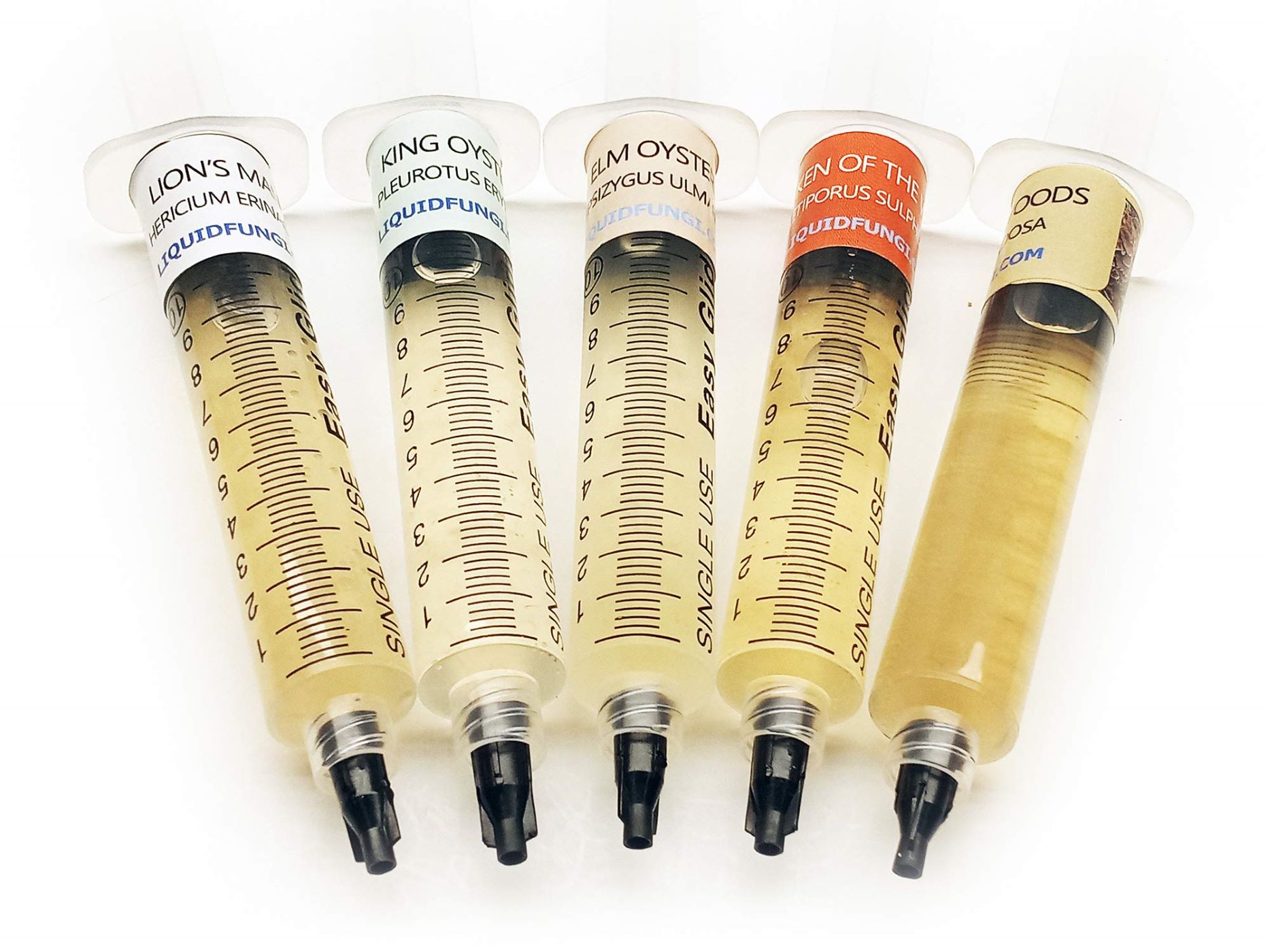
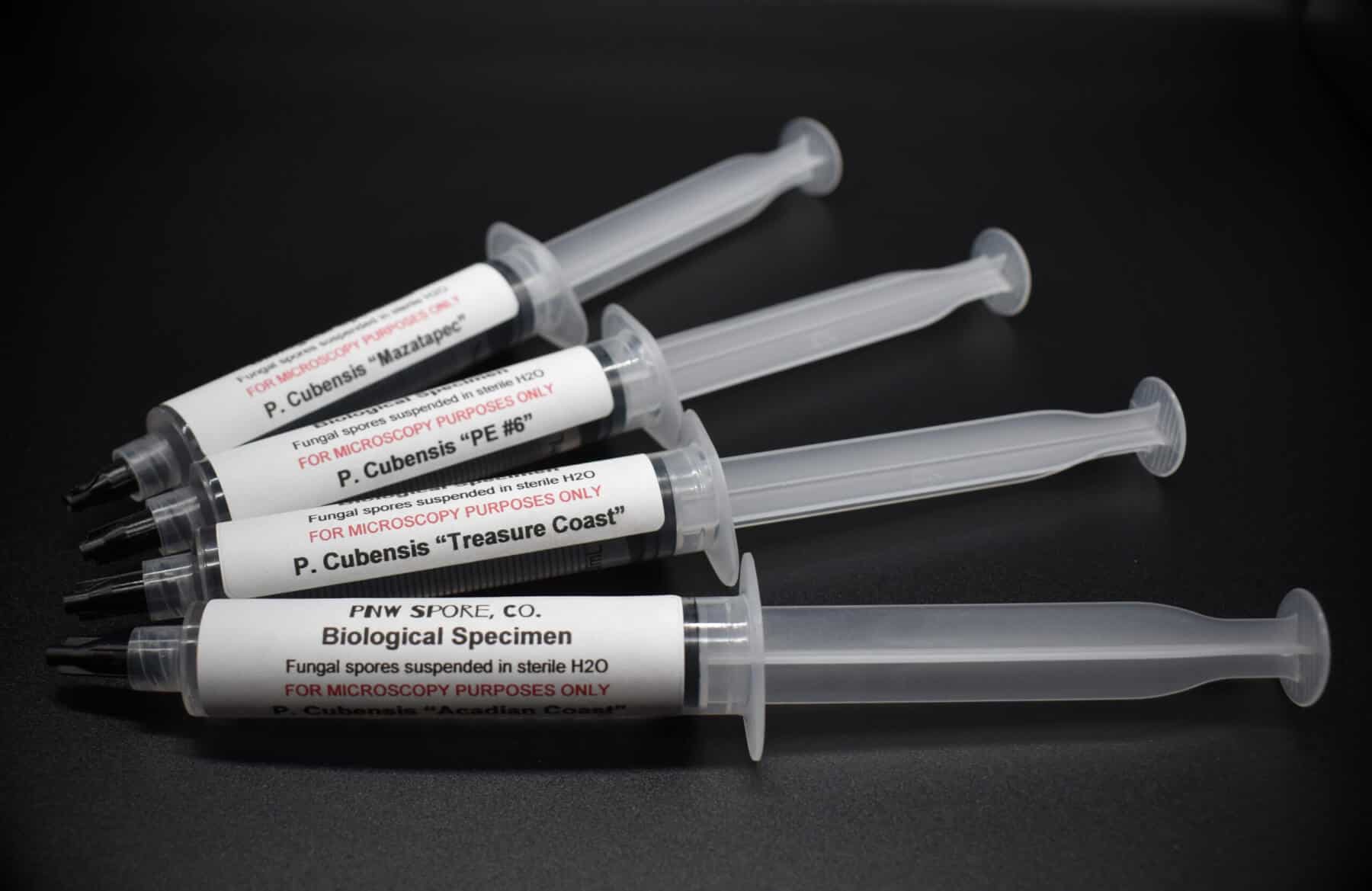
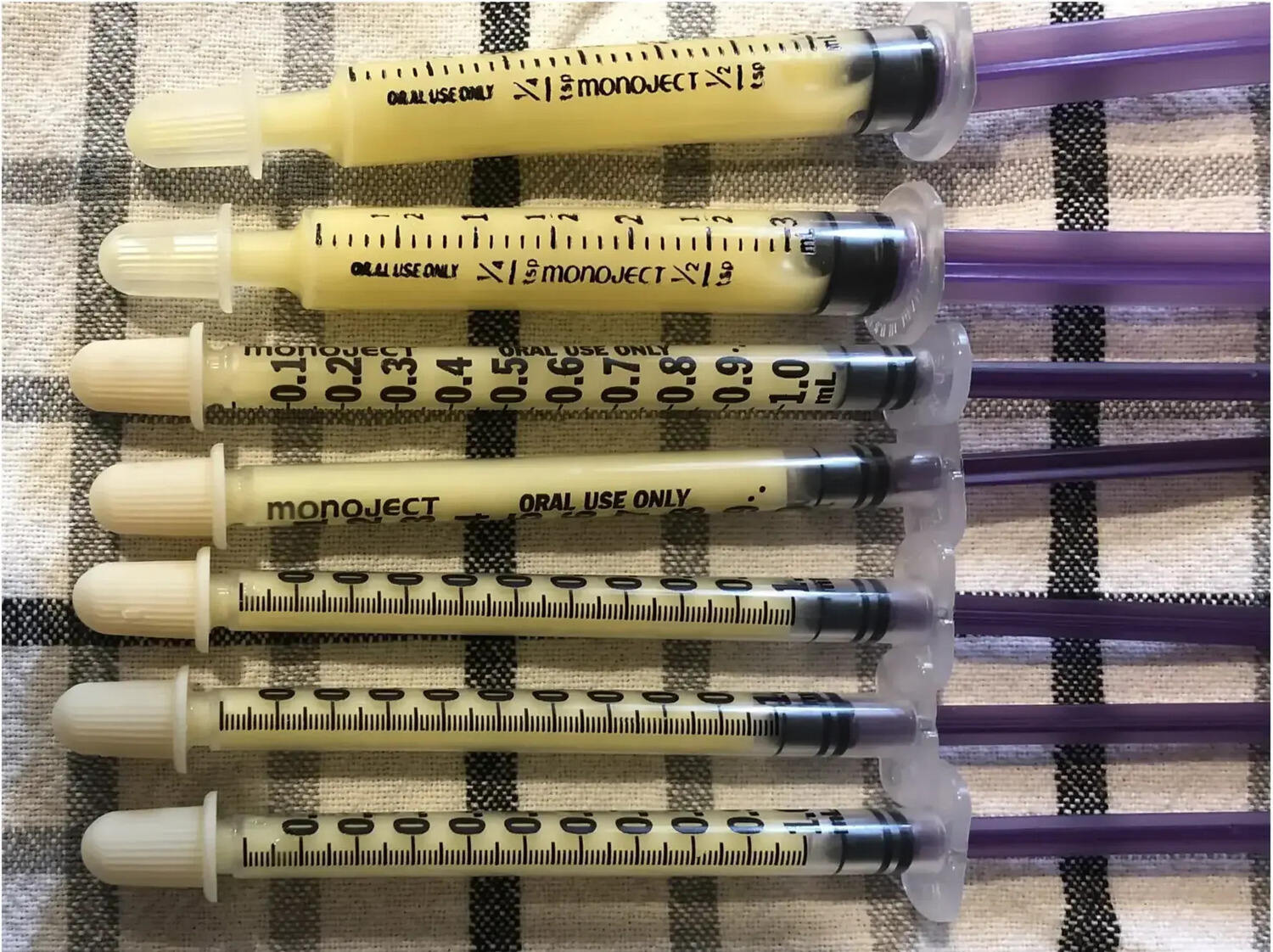
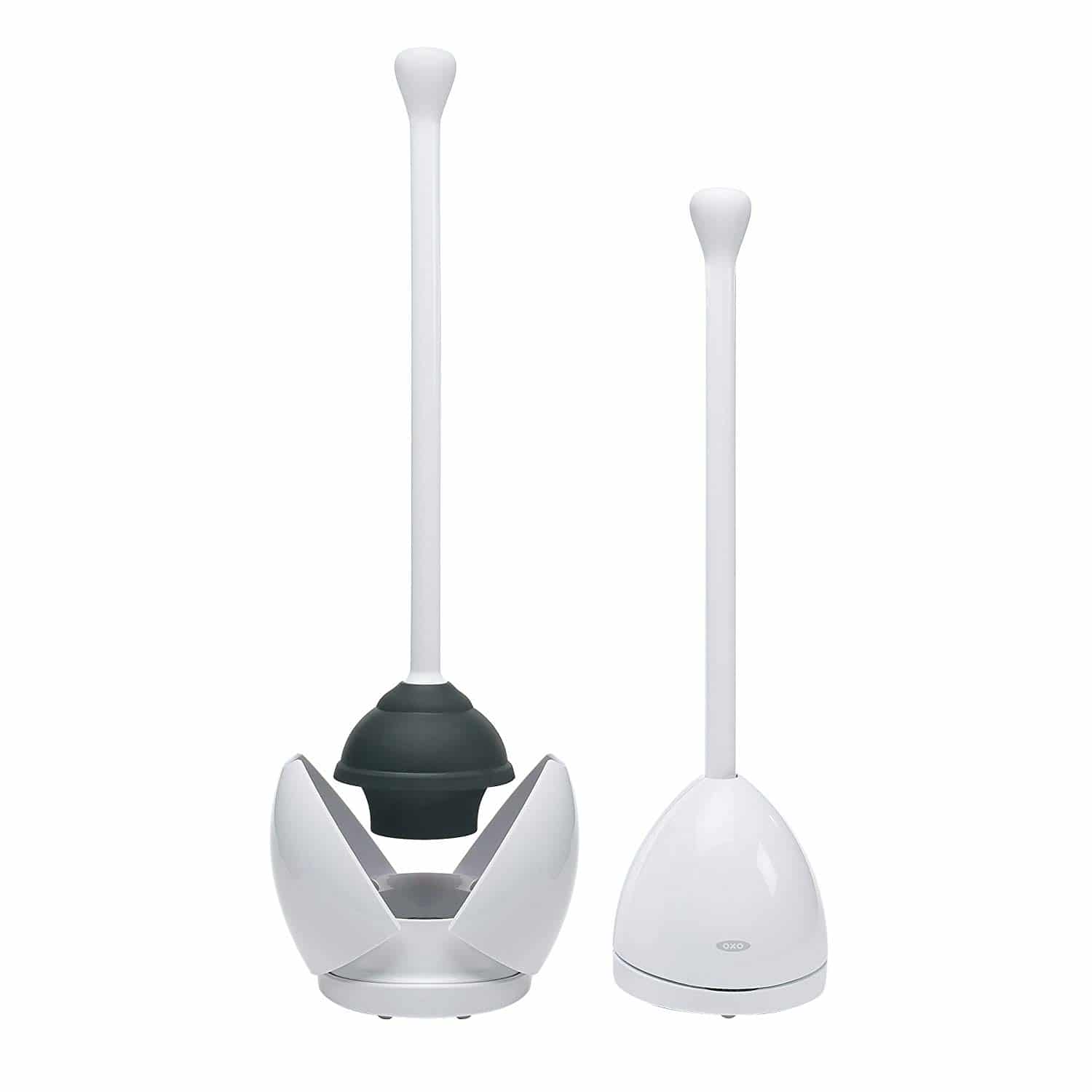
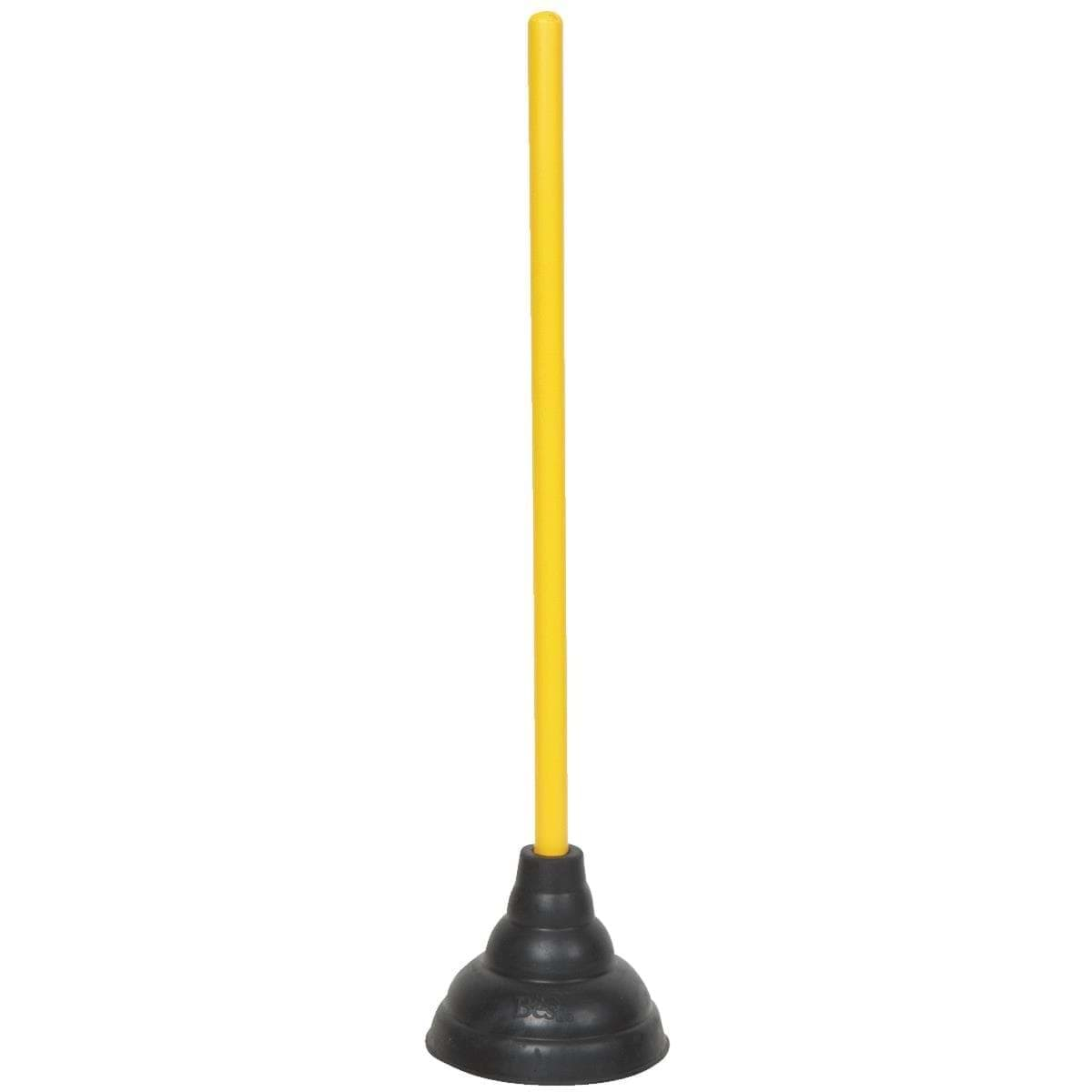
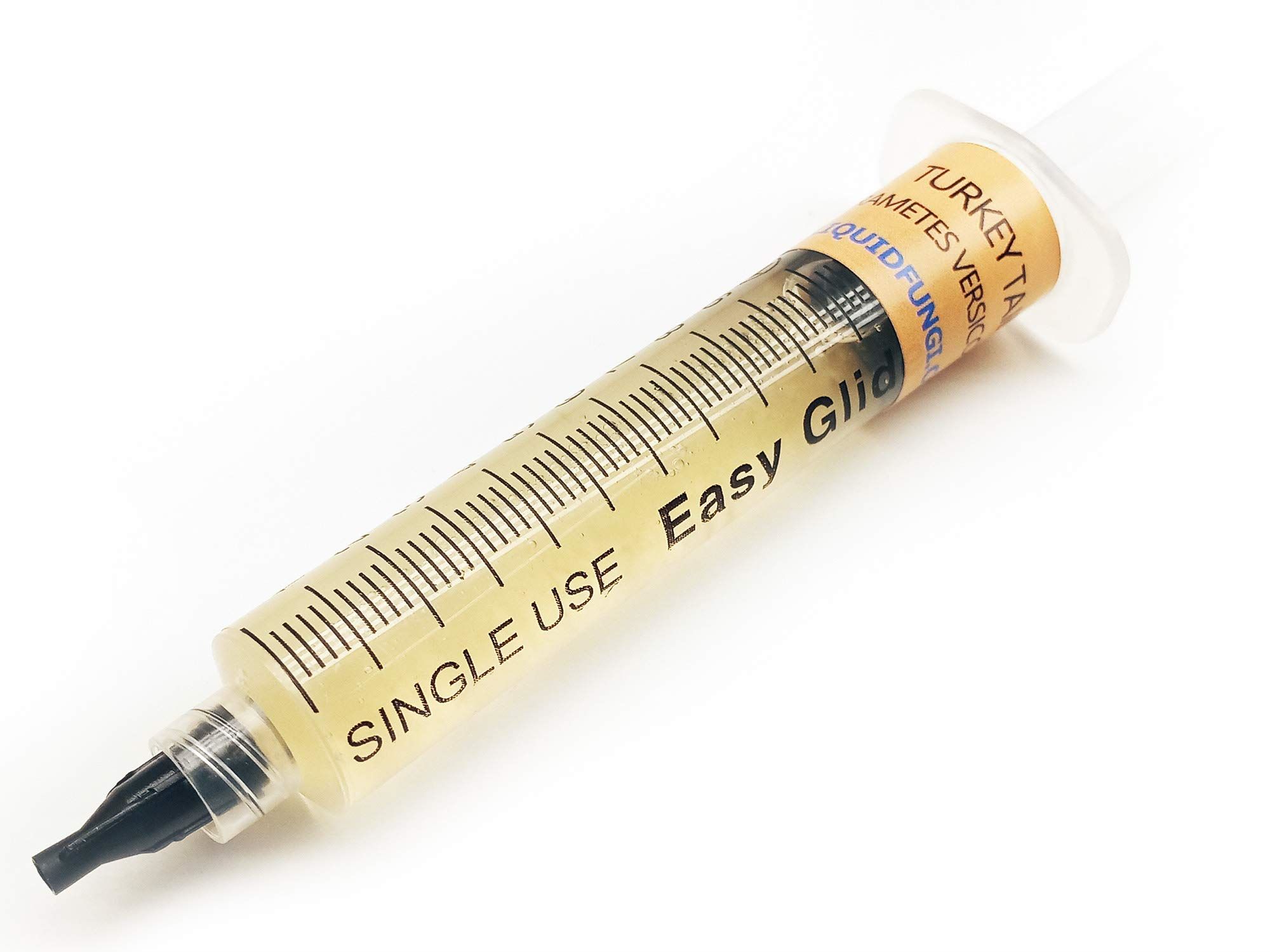

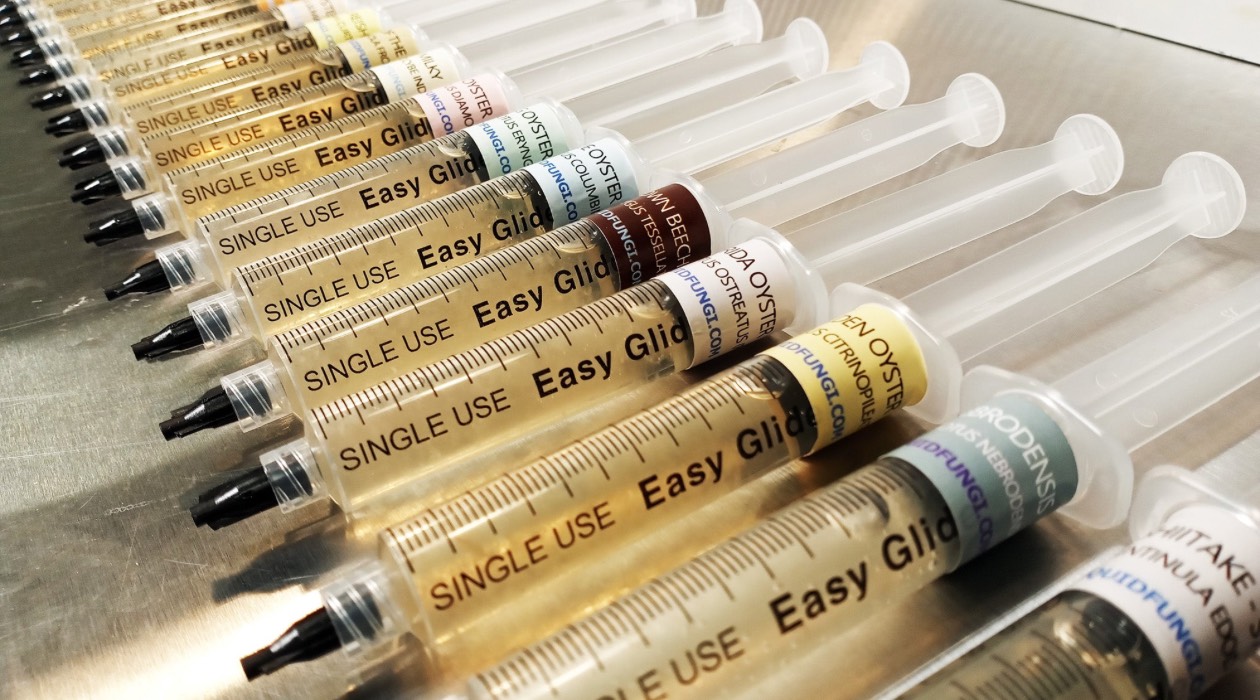
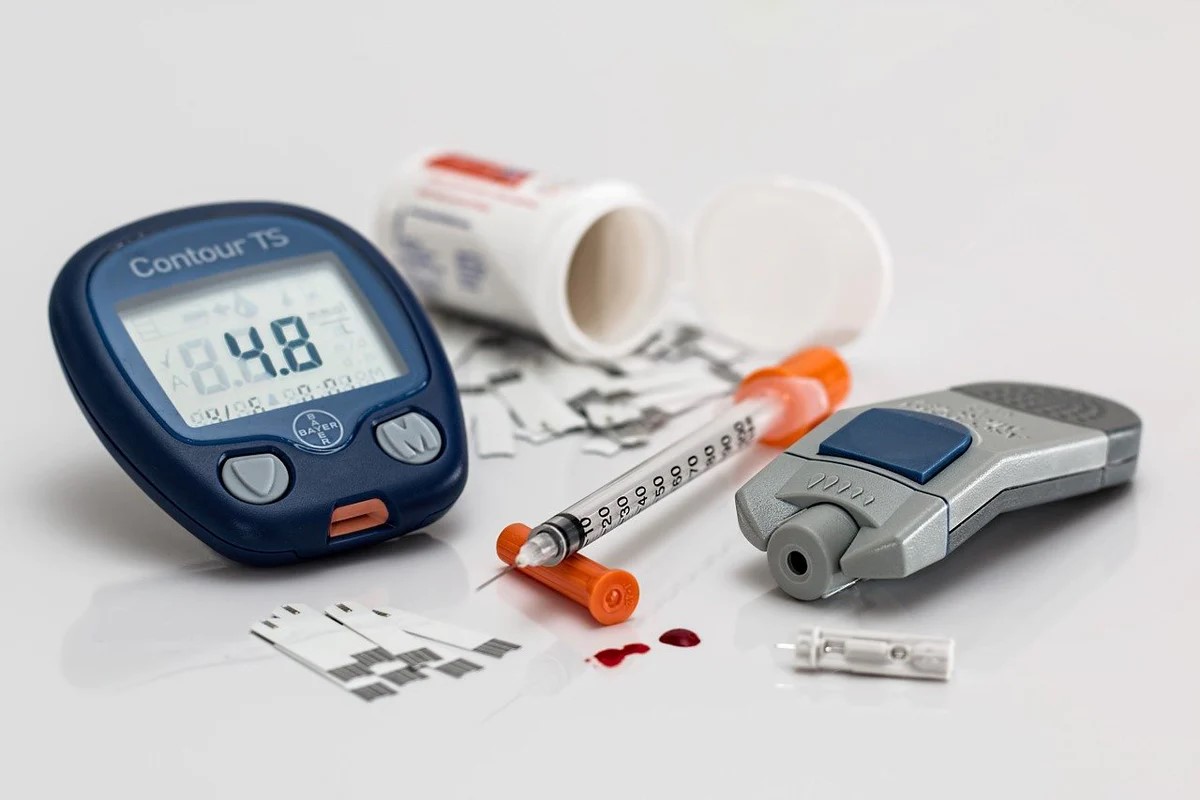
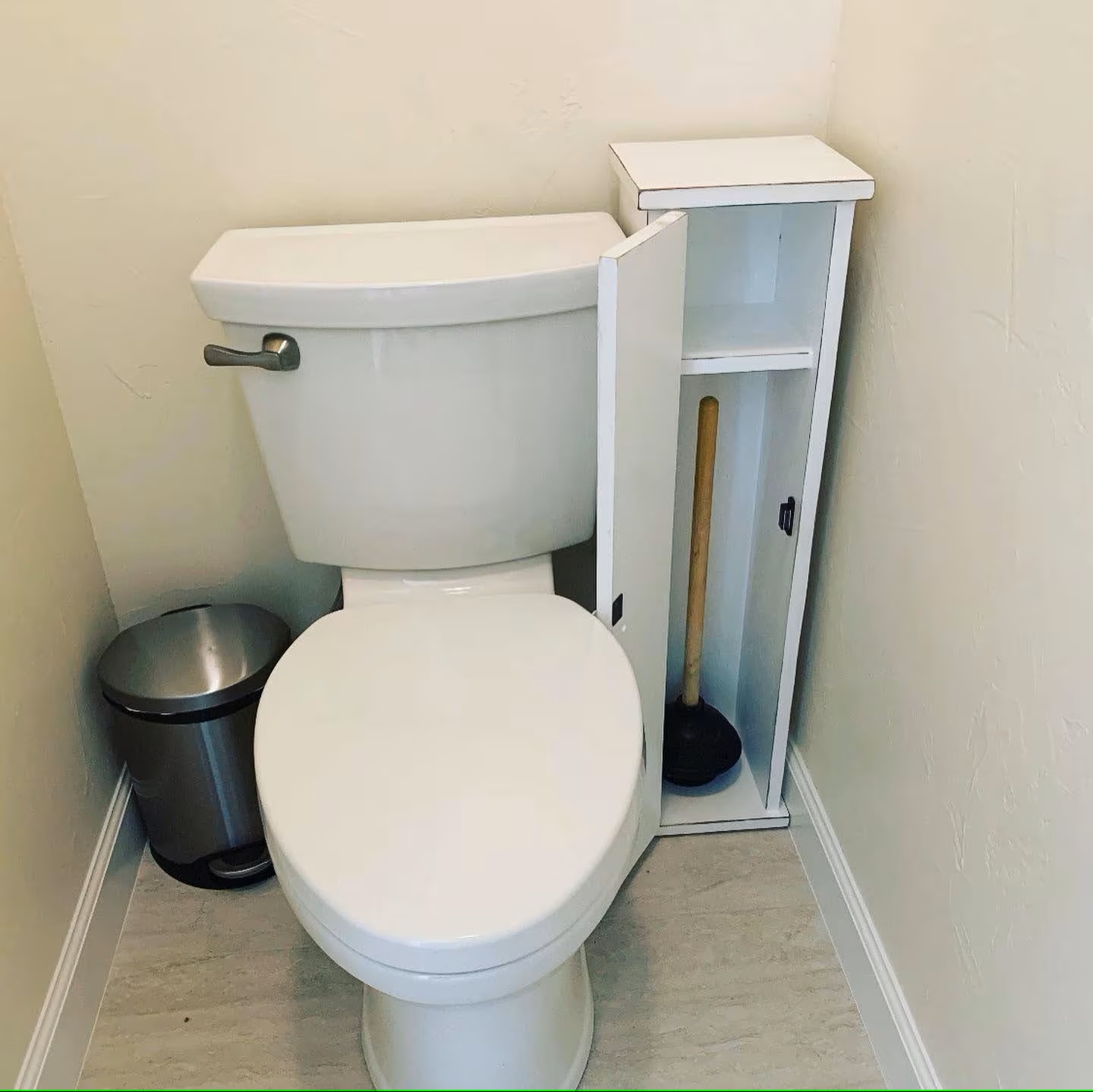

0 thoughts on “What Is The Plunger Of A Syringe”